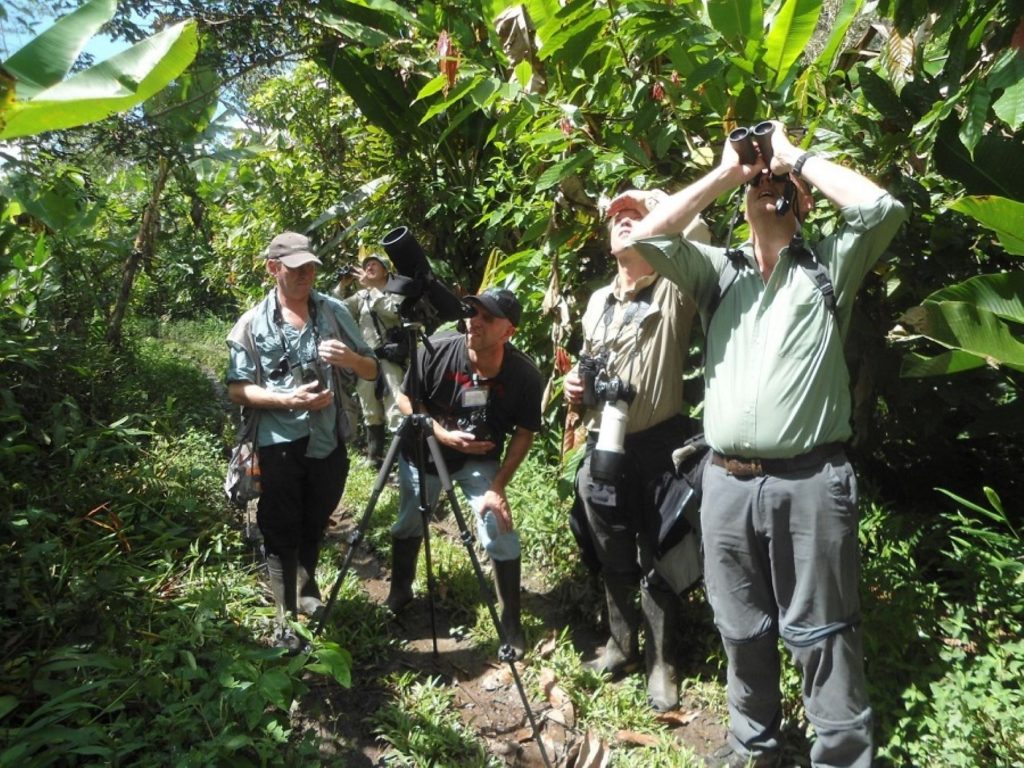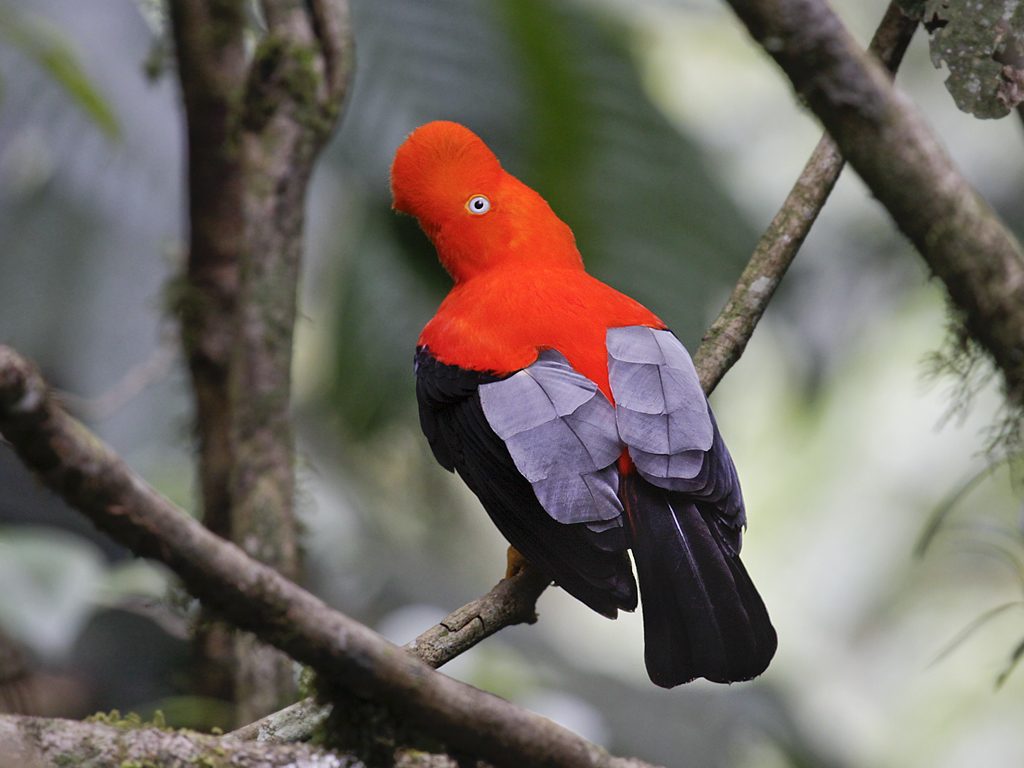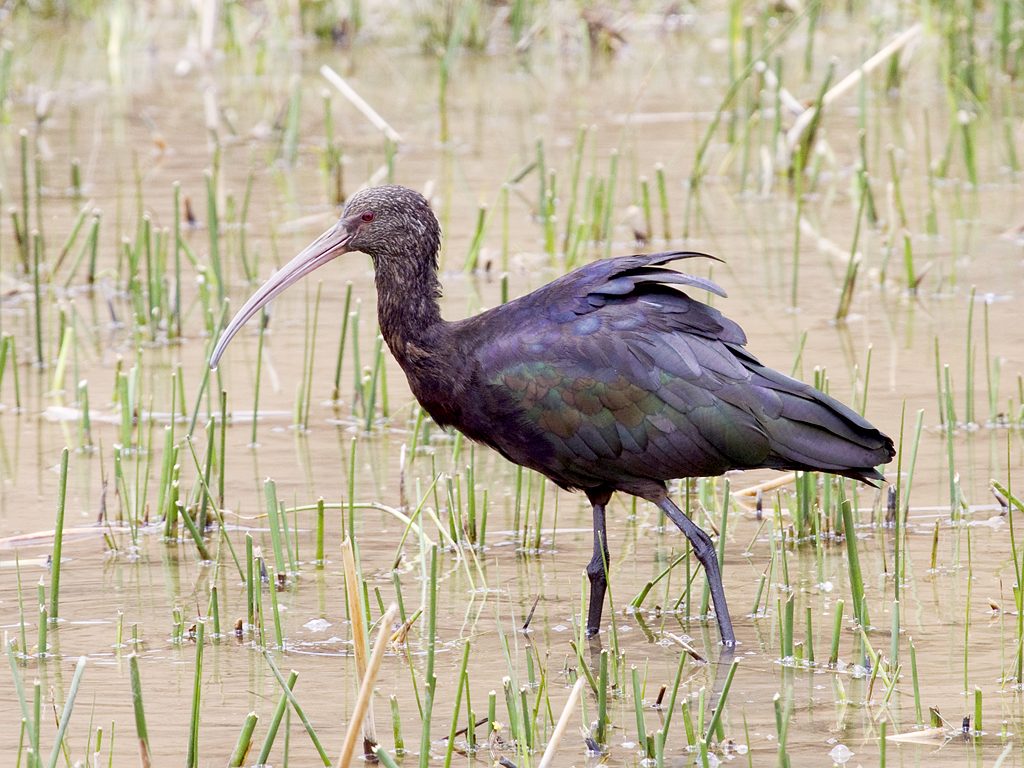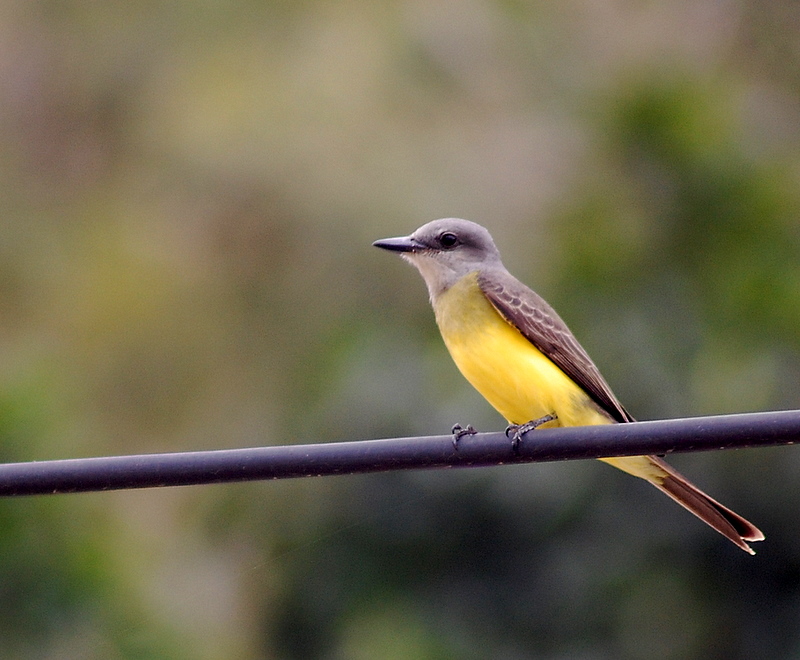A good word to describe Peru is “diverse.” It’s not just a country with incredible cultural diversity but is also characterized by its natural diversity. Since Peru has almost 90% of the world’s climates within it, it’s natural that its flora and fauna are surprisingly diverse, as well.
In the entire world, Peru occupies second place in diversity of bird species; it houses 20% of the global total of bird species and 62% of South American bird species within its borders. Because of this, it’s not surprising that it’s been recognized as the best destination in the world for bird-watching as part of the prestigious Infinite Discovery 2018 awards organized by the largest ecotourism agency in China. This is huge!
The choice to recognize Peru as the winner was made by a team of specialists, among which are globally recognized tourism experts, famous photographers from the magazine National Geographic and wildlife protection professionals.
These awards encourage Chinese travelers to search for trips that include unique experiences in nature. This is a great motivation for tourism in the winner countries year by year.
It’s been calculated that there are 2.4 million Chinese people interested in traveling to Peru due to its natural attractions, and this would bring in more than USD $7 million.
What are bird-watching tourists like?
According to PROMPERÚ, tourists who come to Peru for bird-watching spend an average of USD $2000 and stay 17 nights in the country. In actuality, across the globe, there are 6 million people who participate in this type of tourism.
It’s important to remember that the routes used for bird-watching in Peru are very well-positioned on an international level.
What birds can you see on the Inca Trail?
Due to the variety of climates and ecological levels that exist along the Inca Trail, there are a variety of bird species that draw the attention of experts. Here, we’ll share some photos of the birds you can see on a hike toward Machu Picchu.
- Condor (Vultur gryphus)
- Cock-of-the-rock (Rupicola peruvianus)
- Peregrine falcon (Falco peregrinus)
- Royal cinclodes (Cinclodes aricomae)
- White-throated kingbird (Tyrannus albogularis)
- Andean tinamou (Nothoprocta pentlandii)
- Puna ibis (Plegadis ridgwayi)

















Leave A Reply